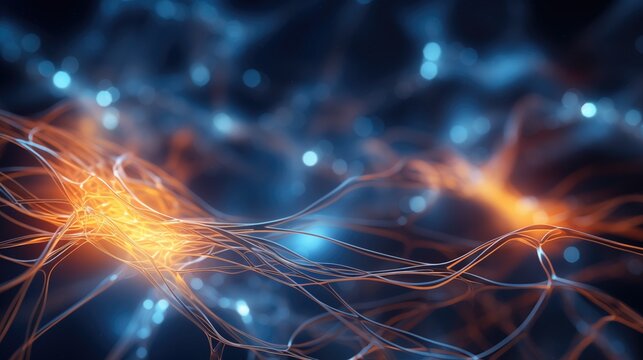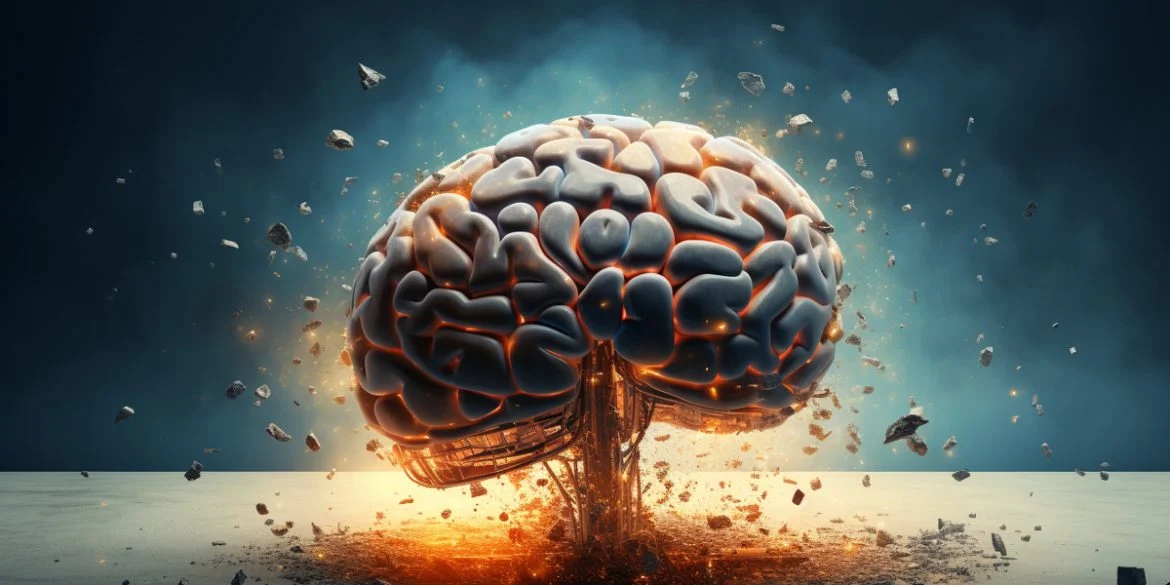In the realm of artificial intelligence (AI), neural networks have emerged as a powerful tool for solving complex problems and mimicking the functionality of the human brain. These computational models, inspired by the structure and function of biological neural networks, have revolutionized numerous fields, from image recognition and natural language processing to autonomous vehicles and medical diagnostics. In this article, we’ll embark on a journey into the fascinating world of neural networks, exploring their architecture, applications, and future prospects.
The Basics of Neural Networks:
At their core, neural networks consist of interconnected nodes, or “neurons,” organized into layers. Information flows through the network in a process known as “forward propagation,” where input data is processed through multiple layers of interconnected neurons, each performing mathematical transformations and applying activation functions to produce output predictions. During training, neural networks adjust their internal parameters, known as “weights” and “biases,” through a process called “backpropagation,” where errors are calculated and used to update the network’s parameters to minimize prediction errors.
Types of Neural Networks:
Neural networks come in various architectures tailored to specific tasks and applications. Convolutional Neural Networks (CNNs), for example, are well-suited for image recognition tasks, thanks to their ability to learn hierarchical representations of visual features. Recurrent Neural Networks (RNNs), on the other hand, are designed to process sequential data, making them ideal for tasks such as speech recognition and language modeling. Other types of neural networks, such as Generative Adversarial Networks (GANs) and Reinforcement Learning (RL) networks, have also emerged as powerful tools for tasks such as image generation and decision-making in dynamic environments.





